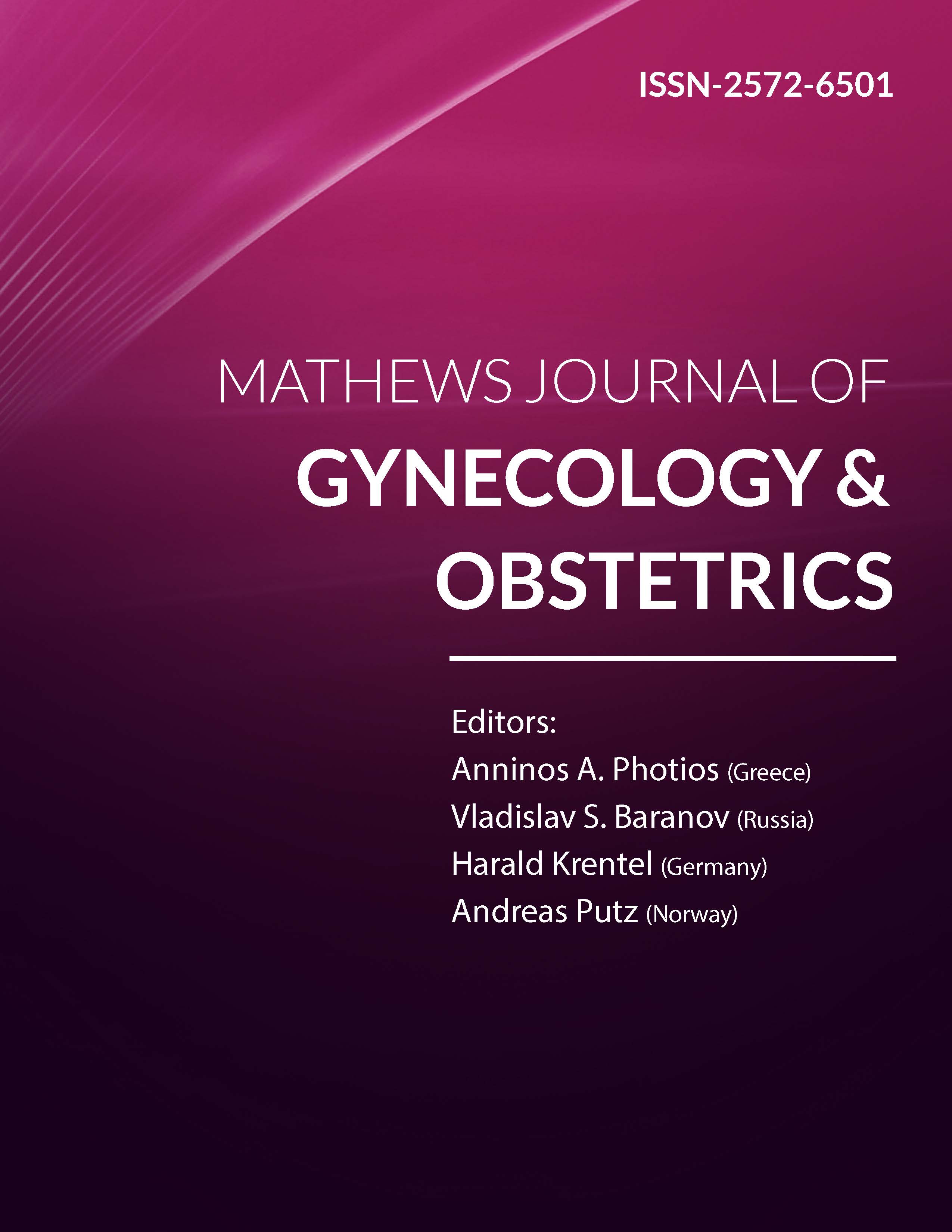
Information Links
Previous Issues Volume 5, Issue 1 - 2020
Appropriateness of Indications of Caesarean Sections in a District Setting of Cameroon
Ascensius A. Mforteh1*, Sama Dohbit2, Collince Tchakounte3, Bernard Nsah4, Pascal Foumane2, Robinson E. Mbu2
1Regional hospital of Bamenda, Cameroon
2Department of Obstetrics and Gynecology, University of Yaoundé 1, Yaoundé, Cameroon
3Hopital saint Jean de Malte, Njombe, Cameroon
4Kumbo West District Health Service, Cameroon
*Corresponding author: Ascensius Achuo Mforteh, Regional hospital of Bamenda, Cameroon, E-mail: [email protected]
Received Date: July 08, 2020
Published Date: August 31, 2020
Copyright: Mforteh AA, et al. ©2020
Citation: Mforteh AA. (2020). Appropriateness of Indications of Caesarean Sections in a District Setting of Cameroon. Mathews J Gynecol Obstet. (5)1: 18.
ABSTRACT
Introduction: Compared to vaginal birth, caesarean delivery without medical indication has higher odds for severe adverse maternal outcomes during antepartum and intrapartum. The aim of this study was to determine the appropriateness of indications of caesarean section (CS) in a rural district hospital.
Methodology: Across sectional analytical study of cases of CS from the 1st of January 2018 to the 31st of December 2018 at the district hospital of Njombe-Penja Health district. The appropriateness of each CS indication was evaluated by two independent obstetricians; a third opinion was sought in case of a tie.
Results: The CS rate was 26.2%. The most common indications in decreasing order were: previous scar, dystocia and foetal distress. Overall proportion of inappropriately indicated cases was 12.7%; GPs had the highest rate (25.4%) with a 12 fold increased risk of an inappropriate indication. Referred patients were more likely to have an appropriate indication (OR: 2.92, CI: 0,984–8,561, p value: 0,045). There was no difference in the proportion of inappropriately indicated CS between emergencies and elective CS (OR: 1,098 CI: 0,469–2,572; p Value: 0,829). Nulliparity was significantly associated with a 3.5 increased risk for inappropriate indication. Dystocia and abnormal pelvis recorded the highest proportion of inappropriately indicated CS. Scarred uterus was seven times more likely to have an appropriate indication.
Conclusion: The most common indications for caesarean section in our study were previous scar, dystocia and foetal distress. The CS rate obtained was 26.2% which could be partly explained by increased number of referrals and a high rate of repeat caesarean sections. If we must reduce the CS rate, CS indications for dystocia or in nulliparous women have to be double checked to avoid inappropriate indicated CS which are common in these groups, and General practitioners have to be continuously recycled on indications of CS.